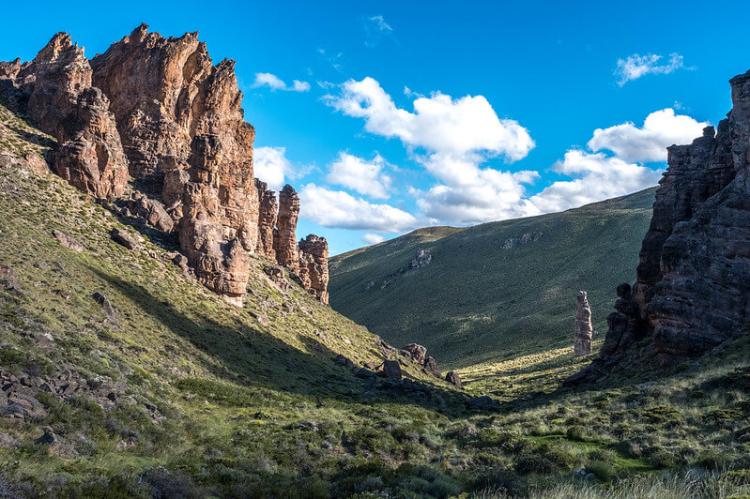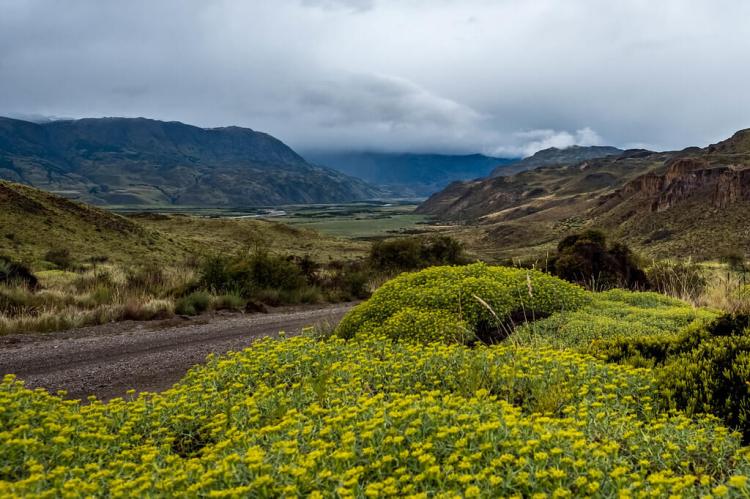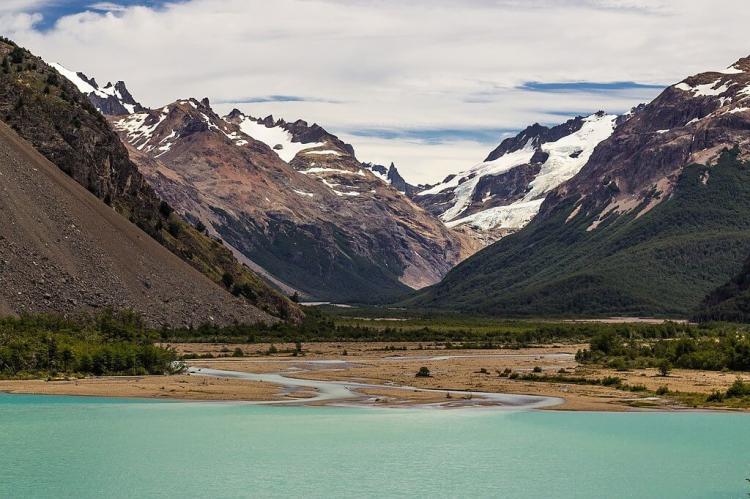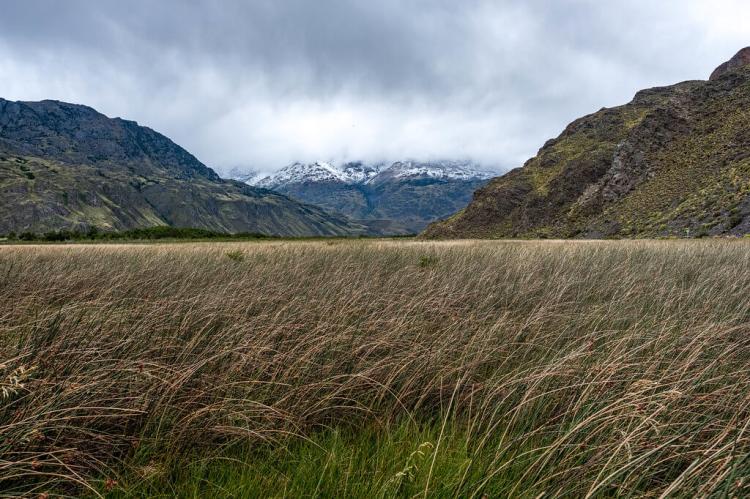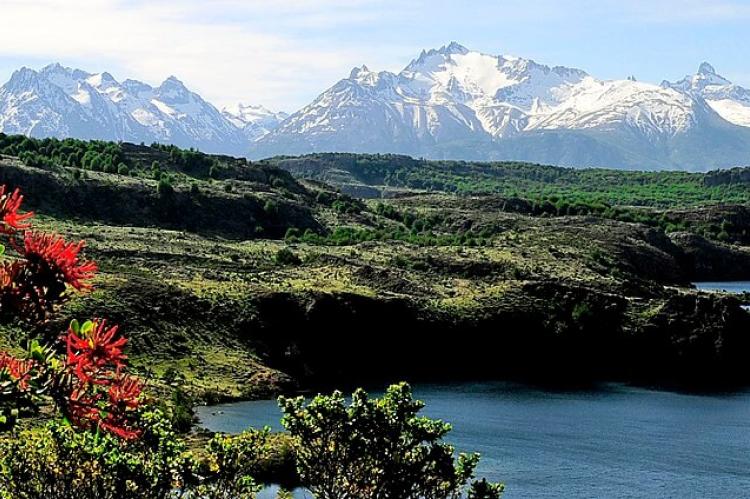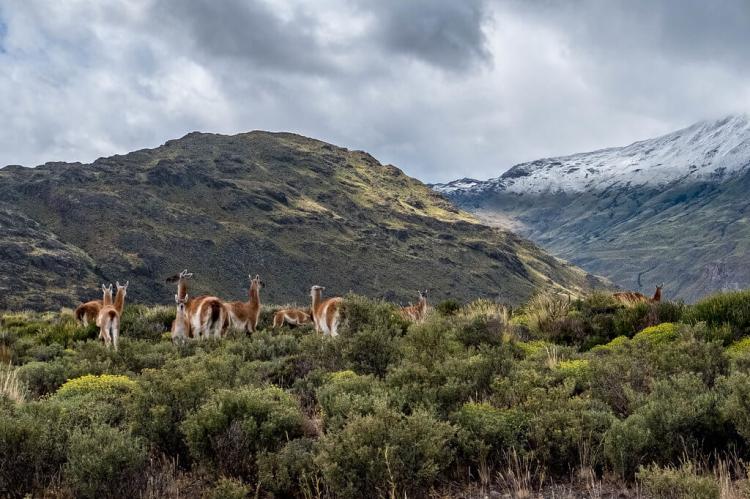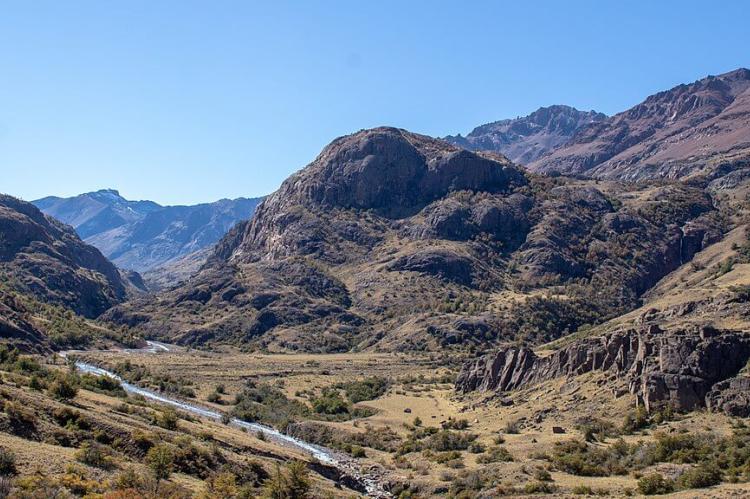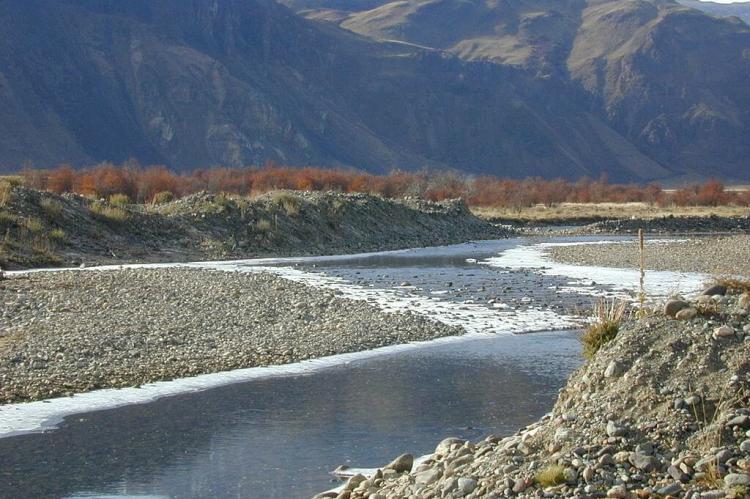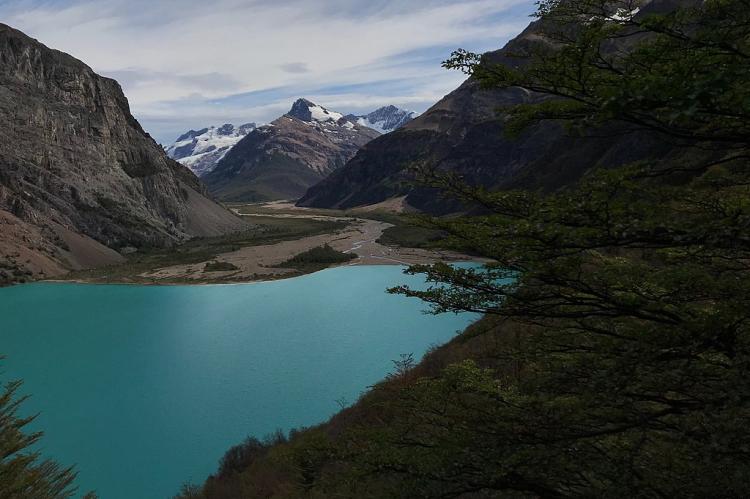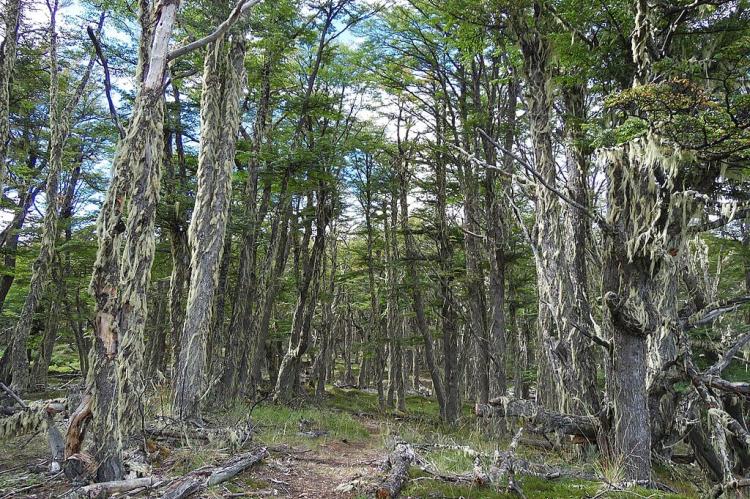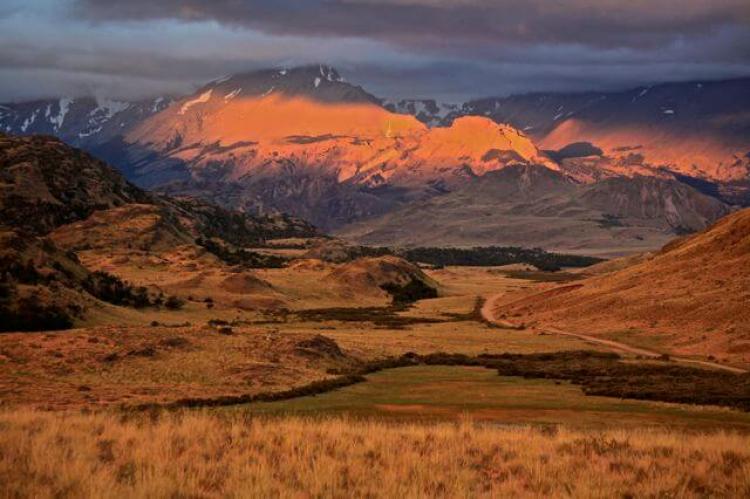Patagonia National Park (Chile)
Patagonia National Park is situated in the Aysén region of southern Chile. It lies in the transition zone where the arid steppe of Argentine Patagonia meets the temperate southern beech forests of Chilean Patagonia. The park boasts diverse ecosystems, including grassland, riparian forests, and wetlands.
Patagonia National Park
Patagonia National Park is located in the Aysén region of southern Chile. It is between General Carrera Lake to the north and Cochrane Lake to the south and extends to the border with Argentina in the east.
Consisting of a total area of 304,527 ha (752,500 acres), most of the territory currently forming Patagonia National Park integrates the former Lago Jeinimeni National Reserve, Lago Cochrane National Reserve, and the former Patagonia Park.
The heart of the park is the Chacabuco Valley. This biologically important east-west valley forms a pass over the Patagonian Andes. It is a transition zone between the Patagonian steppe grasslands of Argentine Patagonia in the east and the southern beech forests of Chilean Patagonia to the west.
History
Conservacion Patagonica created Patagonia National Park, a nonprofit incorporated in California and founded in 2000 by Kris Tompkins, to protect Patagonia's wildlands and ecosystems. The area was donated to the country of Chile by the Tompkins Conservation Foundation.
Patagonia National Park stems from an agreement signed between the Chilean government and Tompkins Conservation in March 2018. It establishes the creation of five new national parks:
-
Patagonia National Park
-
Kawésqar National Park (an extension of the Alacalufes National Reserve)
And the extension of three others:
Route of Parks
Patagonia National Park is part of Chile's scenic 2,800 km (1,700 mi) "Route of Parks" that stretches from Puerto Montt in the north to Cape Horn in the south.
Spanning 17 national parks, the Route of Parks of Patagonia encompasses one-third of Chile and protects over 11.8 million hectares (28 million acres).
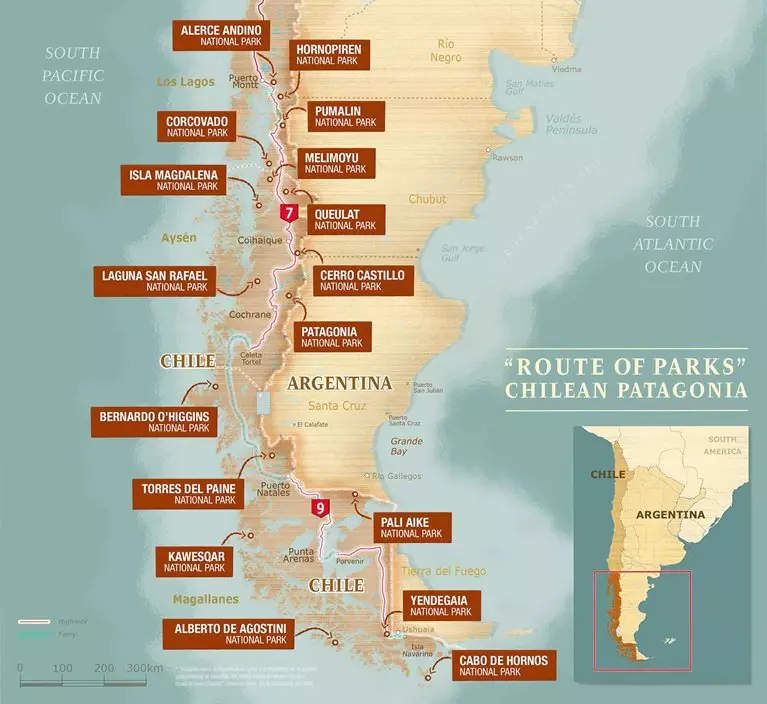
Chile's Route of Parks map - Thompson Conservation
Flora and Fauna
Located in the transition zone between the arid steppe of Argentine Patagonia and the temperate southern beech forests of Chilean Patagonia, the National Park encompasses an array of ecosystems, including grassland, riparian forest, and wetland.
The dry steppe grasslands of Argentine Patagonia are characterized by minimal rainfall, cold, dry winds, and sandy soil. The Patagonian Andes block moisture from flowing west, creating this arid area. However, many plants have been able to adapt to this harsh environment.
These grasslands support fauna such as the burrowing owl, gray fox, tuco-tuco, mara, armadillos, and predators such as the puma, along with various eagle and hawk species.
A wide range of animals thrives in the more habitable outskirts of the desert and around ephemeral lakes formed from the Andes' runoff, where trees and more nutritious aqueous grasses can grow.
Moving west and climbing the vertical gradient of the Andes Mountains, flora and fauna change notably. The landscape begins to transform into forests, consisting mainly of the southern beech (Nothofagus) genus species: lenga, ñire, and coihue.
Here, rainfall can be very high, generating dense forests. These forests host 370 vascular plant genera, vital to the surrounding fauna's survival. Some significant mammals include the endangered huemul deer, puma, red fox, and various species of bats.
The forests also contain a high diversity of avifauna, including the Andean condor, Magellanic woodpecker, spectacled duck, black-necked swan, pygmy owl, black-faced ibis, Chilean flamingo, Austral negrito, Southern lapwing, along with a range of amphibians and reptiles.
The guanaco, a large camelid wild relative of the llama, throughout Patagonia, is the most abundant herbivore. It feeds on 75% of all plant species in the Patagonian steppe.
The guanaco acts as a keystone species: it prevents the domination of grass species, acts as a disperser and fertilizes, and has high reproductive rates, providing food for local carnivores, especially pumas.
Although the park lies on the eastern side of the Andes, its glacier-fed streams and rivers run toward the Pacific Ocean. Their turquoise blue water is home to substantial populations of native fish such as perch (Percichthys trucha), pejerrey patagonico (Odontesthes hatcheri), and puyen (Galaxias maculatus).
